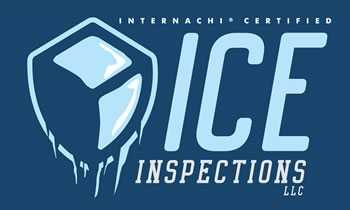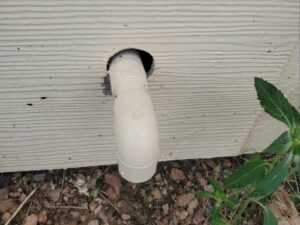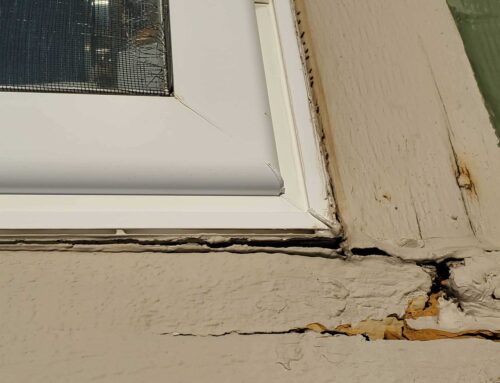Introduction
A home inspection report can easily have DOZENS of defects listed within it. Will your inspection report include some of the most common home inspection deficiencies? Some defects may not be an immediate concern to you and yet some may require correction in a timely fashion. The question is how do you, the end user differentiate between the two? In this series of posts, we will aim to demystify the inspection process by breaking down one common defect a week. In doing this we will explore how you inspector may have come to the conclusions that she or he did. Today we will outline the 10 common defects that we will be covering in the coming weeks.
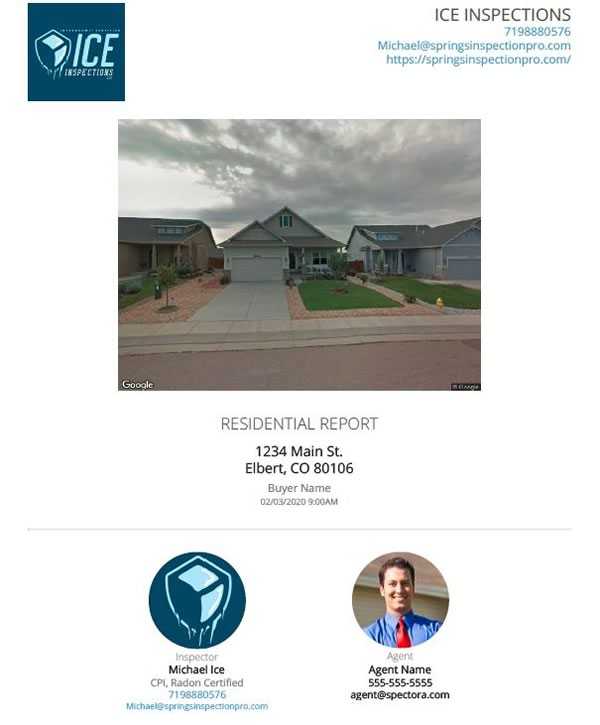
Won’t My Agent/ Inspector Do This for Me?
If you have made it this far there is likely little more that need be said to sway you to follow along for the next few weeks. But what the heck let’s try anyways. Home ownership is expensive and the last thing that you need is to be blindsided in year one or two with a hefty repair bill because your report was not fully explained to you. Yes, we all know that there are inspectors and agents out there that are willing and able to go over these items with you in full detail. If you have both an amazing inspector and phenomenal agent, then read no further! Unless of course you enjoy forming your own opinions about your financial future; if you are in that category than you best tag along for the ride. Alright, let’s dig into the list!
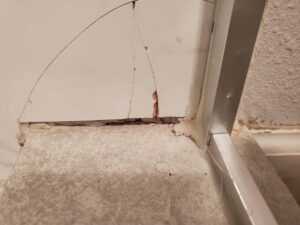 1. Deteriorated Caulking
1. Deteriorated Caulking
Although this deficiency may seem harmless, left uncorrected it can lead to costly damage. In the next post we will share images and explanations that outline how not maintaining your homes caulking can cost hundreds or even thousands in repair work down the road. This is one of the most common home inspection deficiencies in older homes. For more detailed information about types of failed caulking that we look for during an inspection, please click here.
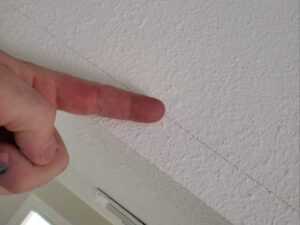 2. Cracked Drywall
2. Cracked Drywall
Hairline cracks in drywall are not only normal… they should be expected! In this post we will cover how and why drywall cracks. Furthermore, we will outline what drywall cracks you ought to be concerned about.
3. Concrete Cracks
 In the trades there is a tried and true saying; “If you don’t want your concrete to crack than don’t pour it.” This saying is a not so subtle nod to the fact that nearly all concrete will eventually crack. Much like drywall, it is important that we educate ourselves on the different types of cracks and what they indicate. In this post we will do just that.
In the trades there is a tried and true saying; “If you don’t want your concrete to crack than don’t pour it.” This saying is a not so subtle nod to the fact that nearly all concrete will eventually crack. Much like drywall, it is important that we educate ourselves on the different types of cracks and what they indicate. In this post we will do just that.
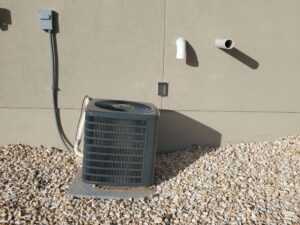 4. Backfill Settlement
4. Backfill Settlement
Now here is a tricky one! Without a nuclear densometer (yes, it is a real thing and they cost well over 10k) nearly all backfill settlement observations are based purely on speculation. There is one thang that we can say for certain though. Often, the backfill around a home with a basement settles more than expected and this can cause drainage problems. In this post we will discuss backfill settlement issues and discuss some solutions.
5. Building Penetrations
Oh, what can we say about building penetrations that hasn’t already been said about 80s cover bands? “So often done and yet so rarely done well!” Poorly sealed building penetrations can provide direct access for pests and moisture to enter your home. Don’t worry, in this post we will show you how to sort out the good from the bad.
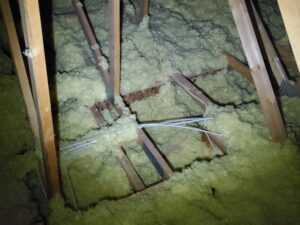 6. Missing Insulation
6. Missing Insulation
Whether you are trying to keep the cold air out (Montana) or cool air in (Texas) missing insulation is a significant problem. Most people would think that in this day and age missing building components are not a major concern. Most people would be wrong, we see this often and it will affect your heating/ cooling bill drastically. In this post we will show you real world examples of missing insulation and discuss the potential impact on your home. This can be an expensive hit to your heating bill and is another one of the most common home inspection deficiencies we encounter.
7. Exposed Wiring
 Unacceptable, if I was given only one word to describe this condition, unacceptable would be it. To clarify, we are talking about wiring conveying hazardous voltage in habitable spaces. We are not talking about exposed internet or thermostat wiring (that’s just tacky) or exposed 120v wiring in the crawl space or attic. We will outline why this is such a hazard within this post.
Unacceptable, if I was given only one word to describe this condition, unacceptable would be it. To clarify, we are talking about wiring conveying hazardous voltage in habitable spaces. We are not talking about exposed internet or thermostat wiring (that’s just tacky) or exposed 120v wiring in the crawl space or attic. We will outline why this is such a hazard within this post.
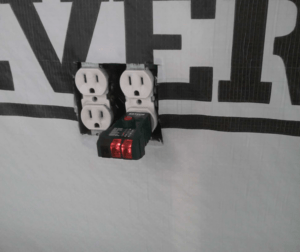 8. Outlet Issues
8. Outlet Issues
This is a diverse topic, some of these issues can fry a smart phone while others can fry you! Or perhaps your home was constructed just before the most recent code change? In this post we will break down the difference between a minor code compliance issues and actual electrical safety concerns.
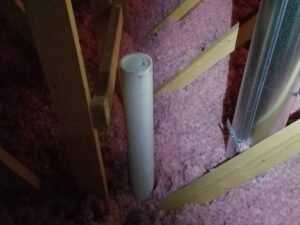 9. Sewer Venting
9. Sewer Venting
Inspectors see sewer venting problems more often than you would think. Unfortunately, it is not uncommon to find a sewer system that is vented into the attic. In this post we will highlight why this an unhealthy practice.
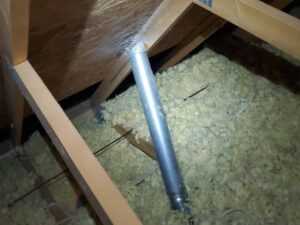 10. Exhaust Fan Venting
10. Exhaust Fan Venting
While there is typically no requirement for exhaust fans to be installed in a home. If they are installed, they need to be properly vented. It is never a good idea to vent an exhaust fan into an attic, we will show you why in this post.
Closing
After educating yourself on these topics you will have a distinct advantage when reading your inspection report. You may even utilize this knowledge prior to the home inspection process and possibly save yourself some time and hard-earned money.
Want More?
Did we not cover a topic in enough depth for you? Or perhaps you have a specific question that is outside the realm of these topics? Perhaps you just want to make a new friend! Whatever it is, Ice Inspections is here for you. Feel free to reach out to us by phone 719-888-0576, e-mail or just schedule a consultation with our online tool. We look forward to helping you in any way that we can.
